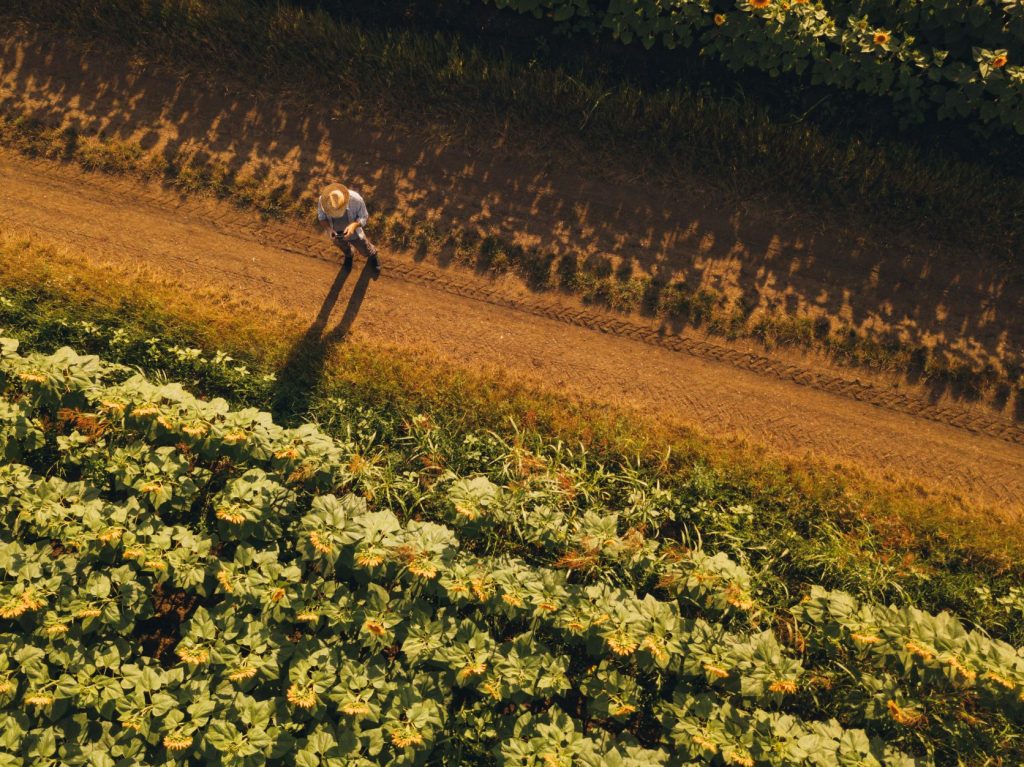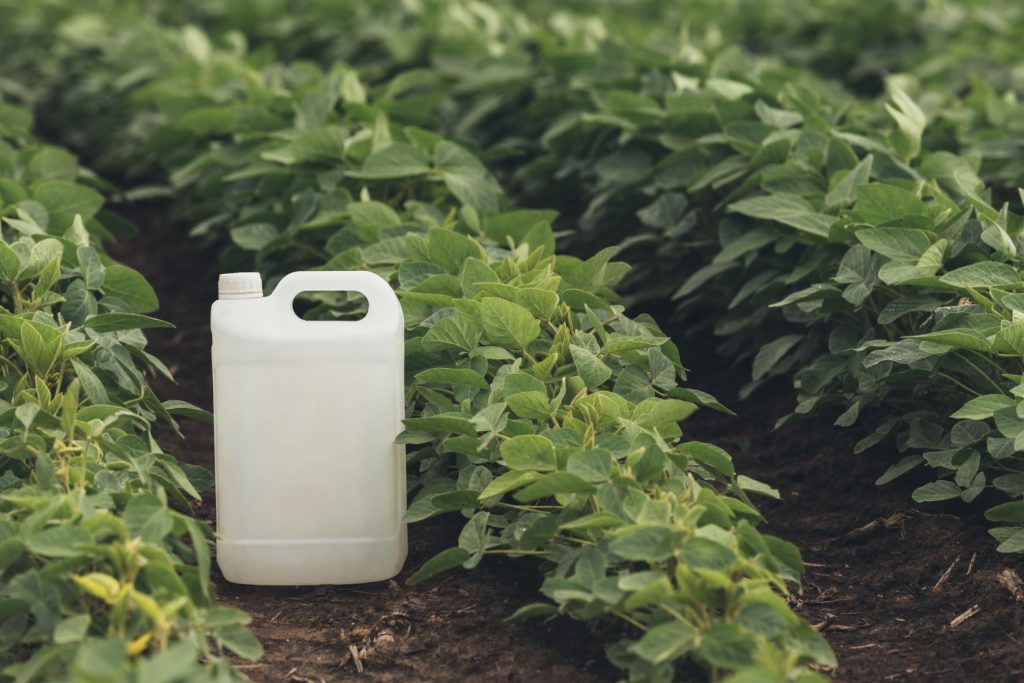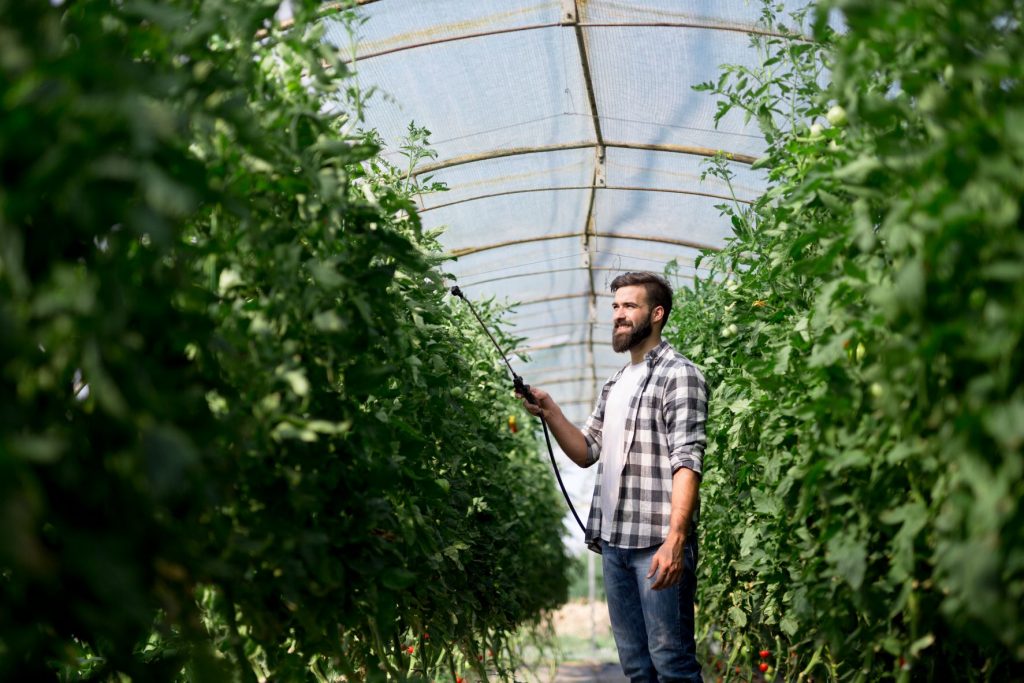Are you an entrepreneur in the agricultural industry struggling with bad credit? I know the feeling all too well. When I first started my own farming business, my credit was less than ideal. However, through hard work and determination, I was able to turn my financial situation around and build a successful agriculture venture.
In this blog, I will share the importance of good credit in the agriculture industry and offer tips on how to improve your credit and find alternative funding options. I hope to inspire other entrepreneurs with bad credit to persevere and achieve success in agriculture.
Let’s get started on our journey towards financial stability and a thriving agricultural business.
Key Takeaways:
– Good credit is important in the agriculture industry and can affect business opportunities
– Tips for improving credit and finding alternative funding options
– A strong financial foundation can lead to success in the agricultural industry
– Don’t let bad credit hold you back from achieving success in agriculture. Work towards improving your credit and building a thriving business.
Bad credit and starting a successful agricultural venture
Bad credit can be a major obstacle when trying to start a new business, especially in the agricultural sector. Having a low credit score or no credit at all can prevent you from accessing crucial financing, such as loans or lines of credit. I know from personal experience that this issue can be extremely frustrating and even discouraging.
A few years ago, I was struggling with bad credit due to some financial difficulties that I had experienced in the past. At the time, I was working in an agricultural industry and was eager to start my own agribusiness. With little funding available, it seemed like an uphill battle. But despite these setbacks, I wasn’t willing to give up on my dream. Eventually, through hard work and perseverance, I managed to overcome my credit crisis and launch my agricultural venture as a successful business.
In today’s competitive environment, it takes strength and resilience to succeed in the agricultural sector. And while building up your credit may take some time and effort, it’s certainly worth the investment if you want to achieve your goals and realize your dreams in this field. So if you’re looking for ways to boost your chances for success – whether you’re dreaming big or simply hoping to improve your financial situation – don’t let bad credit hold you back! Instead, focus on the future and keep moving forward, one step at a time. You’ll be amazed by what you’re capable of achieving in this dynamic industry!
The importance of good credit and how it affects business opportunities
Having good credit is essential for anyone who hopes to be successful in business. Bad credit can limit your access to financing, meaning that you may not be able to pursue the opportunities that you need in order to grow and thrive. Additionally, having a poor credit score may put your personal assets at risk if you fail to repay your business loans on time. This makes it all the more important to take steps to build up your credit score and maintain a strong financial profile. By keeping payments up-to-date, shopping around for the best rates, and avoiding unnecessary debts, you can build a strong foundation of good credit that will help you take full advantage of the business opportunities available to you.

Tips for improving credit, such as budgeting and paying off debts, and finding alternative funding options with Personal Tradelines
To improve your credit, it is important to start by creating a budget and tracking your spending. This will help you gain a better understanding of where your money is going, so you can identify areas where you may be overspending or need to cut back. Additionally, it is important to pay down any existing debts as quickly as possible. This not only reduces your overall monthly expenses, but also builds up your credit score by bringing down your debt-to-income ratio.
Richard Chacon is an expert on alternative lending options and uses his experience to help others explore different ways to fund their businesses. He suggests looking into alternative financing options like small business loans or crowdfunding campaigns in order to meet your business needs without putting too much strain on your personal finances. By using a combination of these strategies and other best practices for improving credit, you can start taking steps towards increasing the health of your financial profile today.
Are you looking for a faster way to improve your credit score? Look no further than Personal Tradelines! Our tradelines for sale at Personal Tradelines can instantly boost your credit, allowing you to pursue the business opportunities you desire. Don’t let bad credit hold you back – start improving your financial health with our tradelines today.
How a strong financial foundation can lead to success in the agricultural industry
It is well known that the agricultural industry can be a very competitive and challenging one, requiring a great deal of perseverance, dedication, and financial stability. A strong financial foundation is essential for success in this field, as it allows farmers to secure the resources they need to run their operations. Bad credit can put this foundation at risk, making it difficult for farmers to access loans or land leases when they need them most. Furthermore, a bad credit score may lead to higher interest rates or fewer opportunities for investment.
To build a strong financial foundation in the agricultural industry, then, it is vital to stay on top of one’s finances and maintain good credit at all times. This might include carefully monitoring income and expenses, putting aside money in savings accounts whenever possible, and using credit sparingly to keep debts under control. With hard work and sound financial planning, anyone in the agricultural industry can achieve success by building a solid foundation that will weather any storm.
Conclusion and encouragement for other entrepreneurs with bad credit to turn their situation around and strive for success in agriculture.
As an entrepreneur with poor credit, you may feel discouraged and frustrated with your situation. But it is important to remember that your bad credit does not define you or determine your success. With hard work and determination, you can turn your financial situation around and achieve success in the agriculture industry. This may require taking actions such as establishing a realistic budget, reducing expenses wherever possible, and seeking out new sources of funding. However, with perseverance you can overcome your bad credit and build a successful business in the field of farming and agriculture. So don’t let your past mistakes hold you back – instead, use them as motivation to become a great entrepreneur who thrives in this competitive sector. Best of luck to you on your journey ahead!



